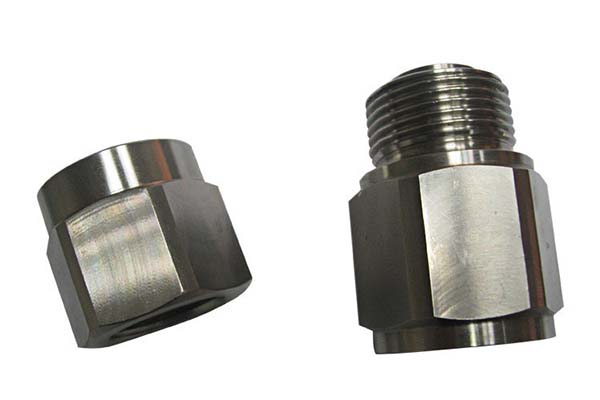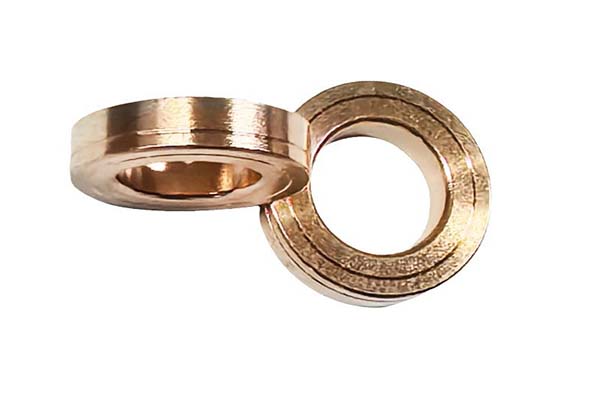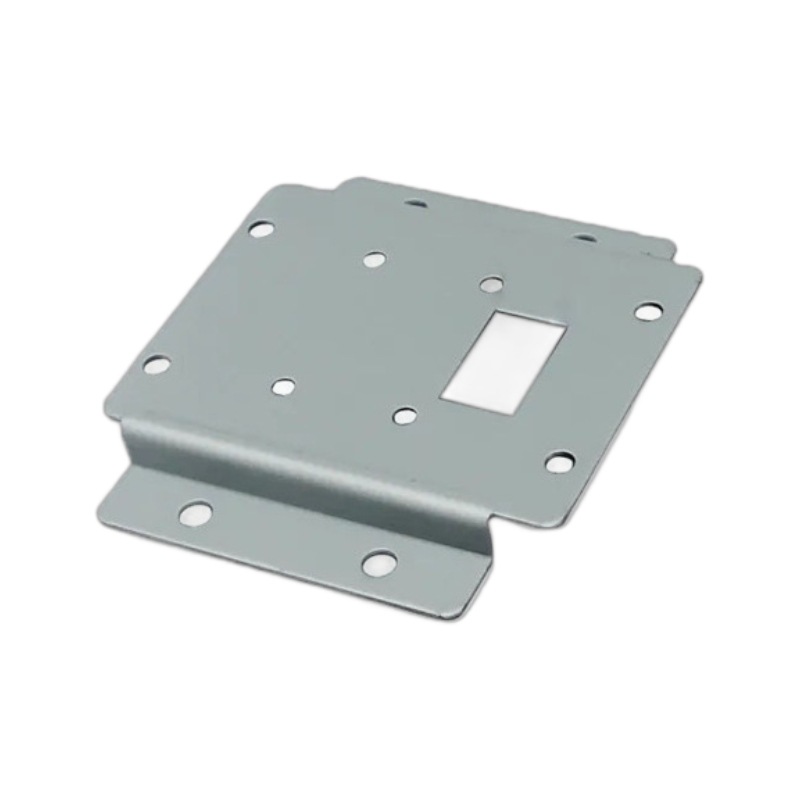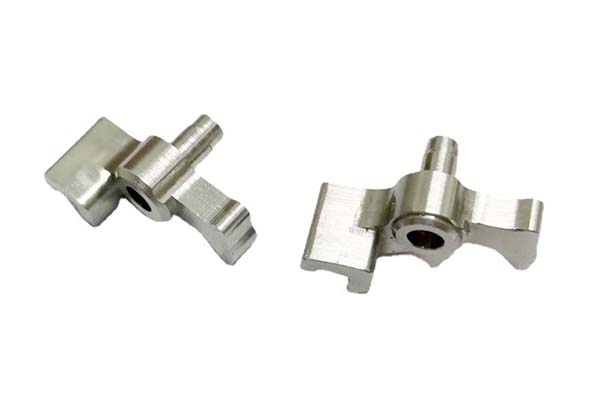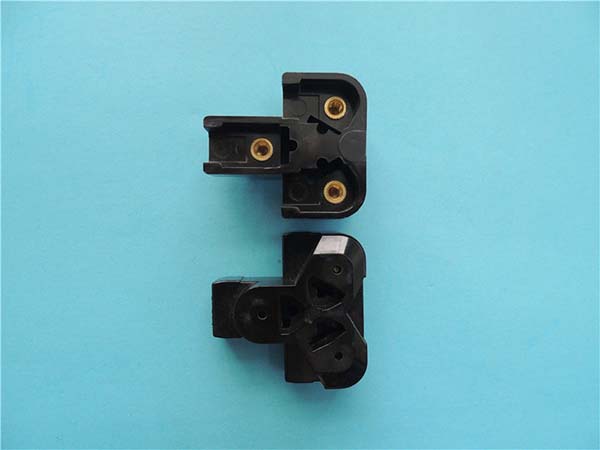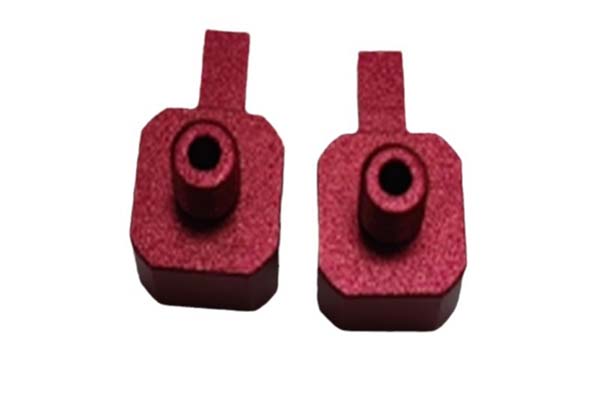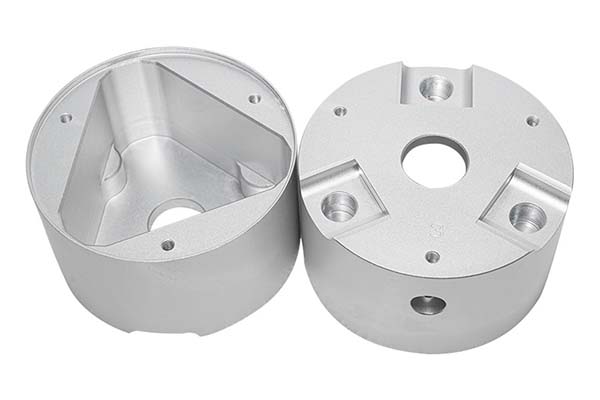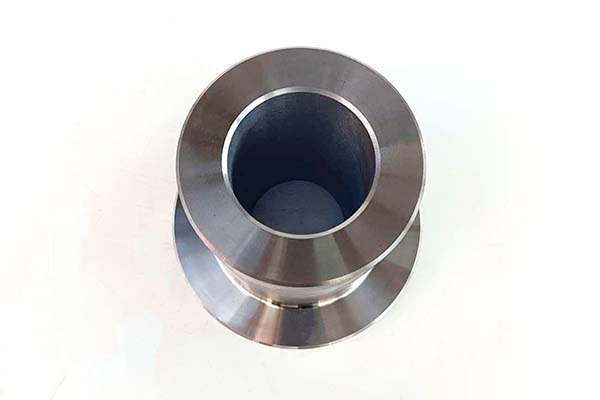Manufacturers requiring a balance of hardness, corrosion resistance, and affordability often turn to SS410 stainless steel. As a martensitic stainless steel, it offers exceptional strength and wear resistance after heat treatment, but machining it presents unique challenges. Its high carbon content (0.15% max) enables hardening up to 40 HRC, but this also increases cutting forces and tool wear compared to austenitic grades. Additionally, its magnetic permeability simplifies handling but is accompanied by significant work hardening, making continuous cutting operations prone to tool deflection. Distinguishing its capabilities from other martensitic grades like SS420 or austenitic alloys is crucial to avoid performance mismatches in high-strength applications. This guide addresses these pain points, offering proven strategies to optimize CNC machining SS410 for efficiency, quality, and reliability in industrial and precision applications.
Material Fundamentals of SS410
SS410 stainless steel is a martensitic alloy engineered for hardness and moderate corrosion resistance:
- SS410 chemical composition (Fe–12.5 %Cr): Contains 11.5-13.5% chromium, 1.0% maximum manganese, 0.5% maximum silicon, 0.15% maximum carbon, and trace amounts of phosphorus and sulfur. This chromium content forms a protective oxide layer, while carbon enables heat hardening.
- Mechanical properties: In the annealed state, it has a tensile strength (UTS) of 483 MPa, yield strength (YS) of 276 MPa, and elongation of 20%. After hardening, tensile strength exceeds 725 MPa with elongation reduced to 12%, making it ideal for high-strength components.
- Microstructure: Martensitic stainless steel microstructure forms after quenching from 980°C, consisting of hard martensite grains that provide wear resistance. Annealing transforms this to softer ferrite with carbides, improving machinability.
- Hardness range: Annealed hardness of 187 HB (20 HRC) increases to 36-40 HRC after hardening and tempering, offering versatility for both machining (annealed) and service (hardened) requirements.
- Corrosion resistance: Moderate, superior to carbon steel but lower than SS304. It resists atmospheric corrosion and fresh water but is susceptible to pitting in chlorides, limiting use in marine environments.
- Density and thermal conductivity: Density of 7.7 g/cm³ and thermal conductivity of 24 W/m·K, ensuring stable machining performance with proper coolant application.
These traits make SS410 ideal for applications requiring high hardness and moderate corrosion resistance, such as pump shafts, surgical instruments, and valve components.
CNC Machining Processes for SS410
Core Machining Operations
CNC machining SS410 requires adjustments for its work hardening tendency and variable hardness:
- CNC turning SS410 speeds & feeds: Suitable for cylindrical parts like shafts, with cutting speeds of 80-120 m/min (annealed) and 50-80 m/min (pre-hardened). Feeds range from 0.1-0.15 mm/rev to balance material removal and tool life.
- CNC milling SS410 chip load recommendations: Effective for flat components like valve bodies, using chip loads of 0.05-0.1 mm/tooth with cutting speeds of 70-100 m/min (annealed). Climb milling reduces work hardening by minimizing tool contact with already deformed surfaces.
- High-speed machining strategies: Limited to annealed material, with maximum spindle speeds of 6000 RPM to avoid excessive heat generation. Interrupted cutting cycles prevent work hardening accumulation in critical areas.
Coolant and Tool Wear Management
- Coolant type for martensitic stainless machining: Synthetic coolants with extreme pressure additives (10% concentration) provide optimal lubricity, reducing friction and tool wear by 25-30% compared to soluble oils.
- Tool wear mitigation: Using sharp tools and avoiding dwell times minimizes work hardening. Regular tool changes (at 0.3 mm flank wear) prevent surface finish degradation in precision parts.
- Surface finish improvement: Achievable Ra values range from 1.6 μm (finish machining annealed) to 3.2 μm (roughing pre-hardened). Polishing after machining can reduce Ra to 0.8 μm for medical and food-grade applications.
Tooling & Cutting Parameters for SS410
Optimal Tool Selection
Tooling for SS410 focuses on wear resistance to handle high hardness:
- Carbide grade selection for SS410: ISO K30-K40 grades (e.g., WC-Co with 10-12% Co) offer toughness for annealed material, while ISO H10-H20 grades (higher TiC content) work better for pre-hardened (30 HRC+) parts.
- CVD vs PVD coating on inserts: CVD coatings (TiC/TiN) provide better wear resistance for heavy cuts in annealed SS410, while PVD coatings (TiAlN) excel in high-speed finishing due to lower friction and higher temperature resistance.
- Insert geometry: Negative rake angles (5-10°) improve edge strength, while honed edges (0.03-0.05 mm) prevent chipping in interrupted cuts—common in valve machining.
Cutting Parameter Guidelines
| Operation | Optimal cutting speed (Annealed) | Optimal cutting speed (Pre-hardened) | Feed Rate | Depth of Cut |
| CNC Turning | 100-120 m/min | 60-80 m/min | 0.1-0.15 mm/rev | 1-2 mm |
| CNC Milling | 80-100 m/min | 50-70 m/min | 0.05-0.1 mm/tooth | 0.5-1.5 mm |
| CNC Drilling | 70-90 m/min | 40-60 m/min | 0.05-0.1 mm/rev | 1-2 mm |
- Tool life expectancy: In annealed material, carbide inserts last 40-60 minutes under optimal conditions. Pre-hardened SS410 reduces tool life by 30-40%, justifying higher-grade tooling for hard parts.
- Minimum quantity lubrication (MQL): Effective for small parts, reducing coolant usage by 95% while maintaining tool life with ester-based lubricants directed at the cutting zone.
Heat Treatment & Post-Processing for SS410
Critical Heat Treatments
SS410 requires precise heat treatment to balance machinability and performance:
- SS410 hardening temperature (980 °C oil quench): Heating to 925-1010°C followed by oil quenching transforms the microstructure to martensite, achieving 40-45 HRC. This step is performed after machining to avoid hardness-related cutting issues.
- SS410 tempering chart (200–600 °C): Tempering at 200°C retains maximum hardness (38-40 HRC) for wear parts, while 600°C tempering reduces hardness to 25-30 HRC for improved toughness in impact applications.
- Stress relieving after machining: Heating annealed parts to 650°C for 1 hour before hardening reduces residual stresses, preventing warping during quenching—critical for thin-walled components like surgical instrument shafts.
Post-Processing Steps
- Sub-zero treatment: Cooling to -73°C after quenching converts retained austenite to martensite, improving dimensional stability in precision parts like gauges and valve stems.
- Passivation: Nitric acid treatment enhances corrosion resistance by 30-40% in humid environments, essential for food-grade and medical components.
- Nitriding: Gas nitriding at 500°C creates a 5-15 μm hardened layer (60-65 HRC), improving wear resistance in pump shafts and bearing surfaces without distortion.
Quality Control & Inspection for SS410 Parts
Rigorous Inspection Protocols
- Hardness testing: Rockwell C (HRC) measurements verify post-treatment hardness, with critical parts requiring 36-40 HRC for wear applications or 25-30 HRC for toughness.
- Dimensional tolerance: Achievable tolerances of ±0.01 mm for small parts (surgical instruments) and ±0.05 mm for large components (valve bodies), verified via CMM inspection SS410 shafts.
- Surface roughness: Medical parts require Ra ≤ 0.8 μm to prevent bacterial adhesion, measured using contact profilometers. Industrial components typically accept Ra ≤ 1.6 μm.
- Non-destructive testing: Magnetic particle inspection detects surface cracks in hardened parts, while ultrasonic testing identifies subsurface defects in thick-walled components like pump housings.
- Microstructure evaluation: Optical microscopy confirms martensite formation after hardening, ensuring hardness specifications are met without excessive carbide precipitation.
Industrial Applications & Case Studies
SS410 excels in high-strength, moderate-corrosion applications:
- SS410 pump shafts case study: A water treatment facility replaced carbon steel shafts with SS410, increasing service life from 6 months to 2 years due to improved corrosion resistance and hardness (38 HRC), reducing maintenance costs by 60%.
- Medical scalpel handles: Annealed SS410 is precision-machined for ergonomic grips, then hardened to 38 HRC for edge retention. Its magnetic properties enable sterilization via induction heating.
- Firearm components: Receivers and bolts machined from annealed SS410, then hardened to 36-38 HRC for impact resistance and wear. Case study: A manufacturer reduced tooling costs by 25% by machining in the annealed state before hardening.
- Food-grade valve bodies: Passivated SS410 provides moderate corrosion resistance in dairy processing, with Ra ≤ 0.8 μm surface finish preventing bacterial buildup—meeting FDA 21 CFR 177.2410 standards.
Cost, Sustainability & Supply-Chain Considerations
Economic and Environmental Factors
- SS410 bar stock price per kg 2025: Approximately $4-5/kg, 20-30% higher than carbon steel but 50% lower than SS304, making it cost-effective for high-strength, moderate-corrosion applications.
- Lead time: 3-4 weeks for standard bar stock, with custom sizes requiring 6-8 weeks. Just-in-time delivery is feasible for automotive and industrial suppliers with established relationships.
- Scrap recycling: SS410 chips retain 85% of virgin material value, with recycling programs reducing raw material costs by 10-15% in high-volume production like valve manufacturing.
- Energy efficiency: Machining annealed SS410 consumes 15% less energy than pre-hardened material, while heat treatment accounts for 30% of total energy use—justifying optimized process sequencing.
- Supplier certification: ISO 13485 certification is critical for medical applications, while AS9100 ensures compliance for aerospace components like actuator shafts.
Yigu Technology’s Perspective
At Yigu Technology, we specialize in CNC machining SS410 for medical, industrial, and firearm clients. Our data shows that using PVD-coated inserts (TiAlN) reduces tool wear by 40% compared to uncoated carbide when machining annealed SS410. We recommend annealing before machining to 187 HB, then hardening to client specifications—achieving tolerances as tight as ±0.005 mm for surgical instruments. For pump shafts, our post-processing includes passivation and nitriding, ensuring 38 HRC hardness with 40% improved corrosion resistance. Our compliance with ISO 13485 and AS9100 guarantees quality, making SS410 components a reliable choice for high-strength applications. We also offer chip recycling, supporting sustainability goals while reducing material costs.
FAQ
- What makes SS410 suitable for high-strength applications?
SS410’s ability to be heat-treated to 36-40 HRC, combined with 12.5% chromium corrosion resistance, makes it ideal for high-strength components like pump shafts and valve stems. Its martensitic microstructure provides wear resistance exceeding austenitic grades, while annealing improves machinability for complex geometries.
- How does SS410’s machinability compare to SS420?
SS410 is easier to machine than SS420 due to lower carbon content, allowing 10-15% higher cutting speeds in the annealed state. However, both require sharp tools and coolant to manage work hardening, with SS420 offering higher post-treatment hardness (45 HRC) for extreme wear applications.
- What heat treatment optimizes SS410 for wear resistance?
Hardening at 980°C followed by tempering at 200°C achieves 38-40 HRC, maximizing wear resistance for components like bearing races. For impact resistance, tempering at 600°C reduces hardness to 25-30 HRC while increasing toughness—ideal for firearm bolts and industrial hammers.
